On July 10, the House Appropriations Committee released the fiscal year 2018 Transportation, Housing and Urban Development funding bill, which includes funding for the Department of Transportation (DOT), the Department of Housing and Urban Development and other related agencies.
Although the bill will fund many important transportation projects and agencies, including Amtrak, at the same time it eliminates funding for DOT’s TIGER grant program and prohibits any funding for the ongoing California high-speed rail project.
Tiger grant defunded
In effect since 2009, the Transportation Investment Generating Economic Recovery (TIGER) grant program provides funding to improve safety and economic opportunity. It has supported innovative projects including multi-modal and multi-jurisdictional projects and has improved access to reliable, safe and affordable transportation for communities.
Since the program’s inception, the TIGER grant program has provided a combined $5.1 billion to 421 projects in all 50 states and U.S. territories. Demand is high in the TIGER grant program and 2016 saw requests that far exceeded the available funds allotted to the program.
If the House Appropriations bill passes as is, this valuable and much sought after program will be eliminated.
SMART TD reaction to bill
“These levels of funding for Amtrak are significant compared to the White House’s disastrous plan to eliminate long distance trains,” said John Risch, SMART TD national legislative director. “There is still a long ways to go in the process. We will continue to work with the entire House and Senate to strike the awful language regarding California high speed rail and try to get increased funding for both transit and passenger rail.
“In North Dakota, there is a nasty big-truck provision in the bill that would increase allowable truck weights to 129,000 lbs. – that needs to be removed,” Risch continued. “North Dakota’s roads and bridges are already being pounded by oil industry trucks and this terrible idea makes it final that passage road conditions will get far worse.”
Transportation Funding Highlights
Department of Transportation (DOT) – The bill includes $17.8 billion in discretionary appropriations for the Department of Transportation for fiscal year 2018. This is $646 million below the fiscal year 2017 enacted level and $1.5 billion above the President’s request. In total budgetary resources, including offsetting collections, the bill provides $76.7 billion to improve and maintain our nation’s transportation infrastructure.
The bill targets funding to programs and projects that will increase efficiency, safety, reliability and quality of life for the traveling public, and that will help improve commerce and economic growth.
- Air – Included in the legislation is $16.6 billion in total budgetary resources for the Federal Aviation Administration (FAA) – $153 million above the fiscal year 2017 enacted level and $435 million above the request. This will provide full funding for all air traffic control personnel, including 14,500 air traffic controllers, 7,400 safety inspectors and operational support personnel. The bill also builds on several years of increased funding by providing over $1 billion for the FAA’s Next Generation Air Transportation Systems (NextGen), and funds Contract Towers at $162 million. These investments will help ease future congestion and help reduce delays for travelers in U.S. airspace. In addition, the bill does not include new passenger facility and general aviation fees.
- Highways – The bill allows $45 billion from the Highway Trust Fund to be spent on the Federal-aid Highways Program, which is $968 million above the fiscal year 2017 level. This funding mirrors the authorized levels and will provide much needed growth and improvements within America’s highway system.
- Rail – The Federal Railroad Administration (FRA) is funded at $2.2 billion, $360 million over the fiscal year 2017 enacted level and $1.1 billion above the request. The bill provides a total of $1.4 billion for Amtrak, of which $328 million is for the Northeast Corridor grants, and $1.1 billion is to support the national network. The bill also continues to require overtime limits for Amtrak employees to reduce unnecessary costs. Rail safety and research programs are funded at $258.3 million, equal to the fiscal year 2017 enacted level. This will fund inspectors and training, plus maintenance and safety investments to the physical rail infrastructure, to help ensure the safety of passengers and local communities. The bill also provides funding for two authorized grant programs. It funds the Federal-State Partnership for State of Good Repair grants at $500 million, which will address some of the $38 billion backlog on the Northeast Corridor – needs that must be addressed simply to sustain current rail services. In addition, the Consolidated Rail Infrastructure and Safety Improvements Grants are funded at $25 million, a reduction of $43 million from the fiscal year 2017 enacted level. Eligible activities include capital and safety improvements, planning, environmental work and research. The bill prohibits funding for high speed rail in California, the California High Speed Rail Authority, and for FRA to administer a grant agreement with the Authority that contains a tapered match. The bill prohibits the Surface Transportation Board from taking action regarding the construction of high-speed rail in California unless the Board has jurisdiction over the entire project.
- Transit – The bill provides $11.75 billion in total budgetary resources for the Federal Transit Administration (FTA) – $662 million below the fiscal year 2017 enacted level and $526 million above the request. Transit formula grants total $9.7 billion – consistent with the authorization level – to help local communities build, maintain and ensure the safety of their mass transit systems. Within this amount, $1.75 billion is included for Capital Investment Grants, and $1 billion for “Full Funding Grant Agreement” (FFGA) transit projects. Core capacity projects receive $145 million in the bill, $182 million is included to fund all state and local “Small Starts” projects, and $400 million is included for new projects that provide both public transportation and inner-city passenger rail service. These programs provide competitive grant funding for major transit capital investments – including rapid rail, light rail, bus rapid transit and commuter rail – that are planned and operated by local communities. Bill language limits the federal match for New Starts projects to 50 percent.
- Maritime – The legislation includes $490.6 million for the Maritime Administration, $31.9 million below the fiscal year 2017 enacted level. This funding level will continue to increase the productivity, efficiency and safety of the nation’s ports and intermodal water and land transportation. The Maritime Security Program is funded at the full authorized level of $300 million.
- Safety – The legislation contains funding for the various transportation safety programs and agencies within the Department of Transportation. This includes $927 million in total budgetary resources for the National Highway Traffic Safety Administration (NHTSA) – an increase of $15 million over the fiscal year 2017 enacted level – and $758 million is included for the Federal Motor Carrier Safety Administration (FMCSA), $113.6 million above the fiscal year 2017 enacted level. Also included is $268 million for the Pipeline and Hazardous Materials Safety Administration (PHMSA), an increase of $3.7 million over the fiscal year 2017 enacted level.
- Grants – The legislation eliminates National Infrastructure Investment grants (also known as TIGER grants), which were funded at $500 million in fiscal year 2017.
Click here to read the full press release from the House Appropriations Committee.

 U.S. Secretary of Transportation Elaine L. Chao has announced that Federal Aviation Administration (FAA) Deputy Administrator Daniel K. Elwell will serve as Acting FAA Administrator upon the conclusion of Administrator Michael Huerta’s term. Huerta’s term ended at midnight on Jan. 7, 2018.
U.S. Secretary of Transportation Elaine L. Chao has announced that Federal Aviation Administration (FAA) Deputy Administrator Daniel K. Elwell will serve as Acting FAA Administrator upon the conclusion of Administrator Michael Huerta’s term. Huerta’s term ended at midnight on Jan. 7, 2018.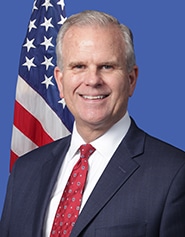
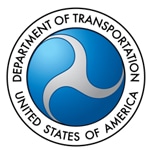 On Nov. 13, 2017, the Department of Transportation (DOT) published a final rule that, among other items, expands DOT’s current drug testing panel to include certain semi-synthetic opioids (i.e., hydrocodone, oxycodone, hydromorphone, oxymorphone). Testing for methylenedioxyethylamphetamine (MDEA) has been removed while methylenedioxyamphetamine (MDA) has been added as an initial test analyte.
On Nov. 13, 2017, the Department of Transportation (DOT) published a final rule that, among other items, expands DOT’s current drug testing panel to include certain semi-synthetic opioids (i.e., hydrocodone, oxycodone, hydromorphone, oxymorphone). Testing for methylenedioxyethylamphetamine (MDEA) has been removed while methylenedioxyamphetamine (MDA) has been added as an initial test analyte. It happens every three hours in the United States: a person or vehicle is struck by a train. When this tragedy occurs, lives are changed forever: for the people involved in the crash, their family, friends and community, and the train crewmembers.
It happens every three hours in the United States: a person or vehicle is struck by a train. When this tragedy occurs, lives are changed forever: for the people involved in the crash, their family, friends and community, and the train crewmembers.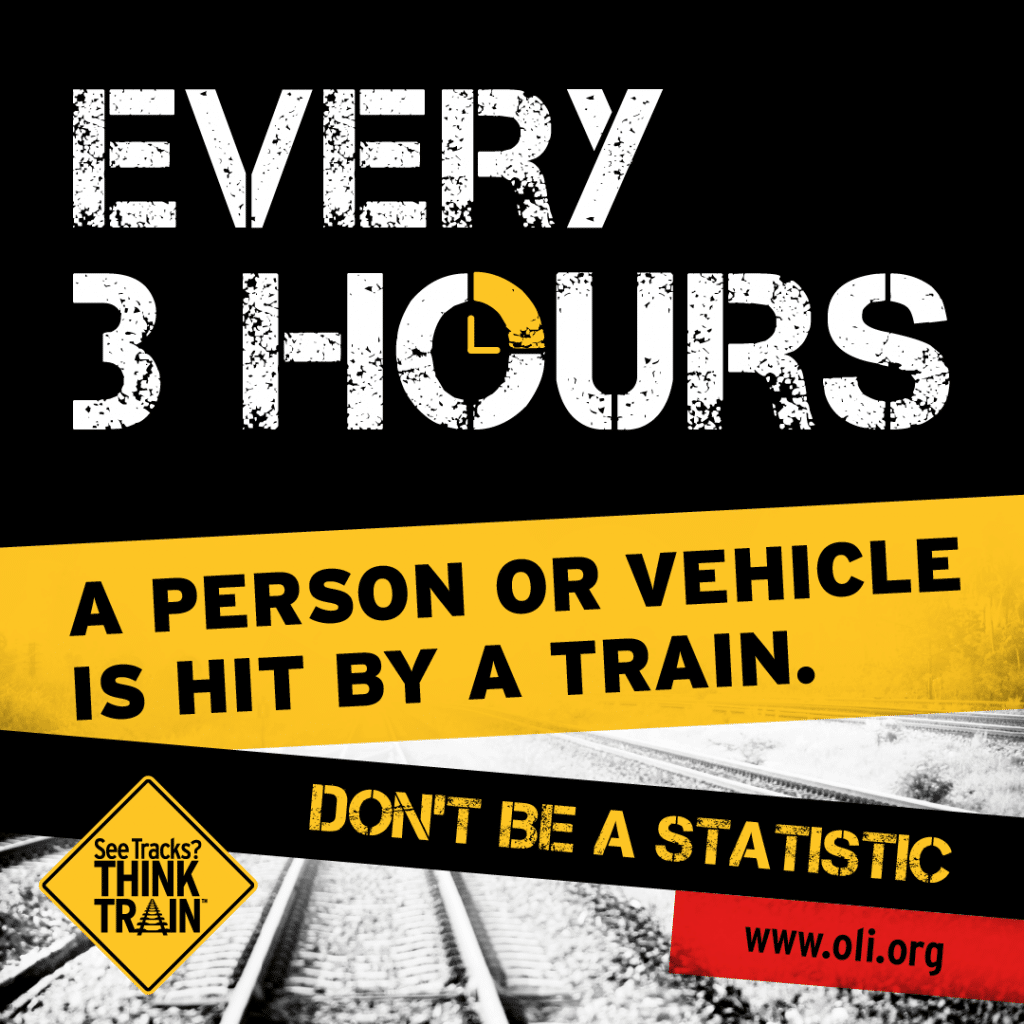
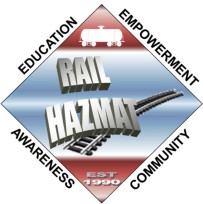 The Rail Workers Hazardous Materials Training Program is pleased to announce the following HazMat/Chemical Emergency Response Training Programs. This training addresses OSHA and DOT required training in addition to procedures, different levels of response and worker protection in a hazardous materials emergency or release, weapons of mass destruction awareness and the incident command system. The training also provides completion of the OSHA 10-Hour General Industry Outreach requirements. The programs are delivered using interactive classroom instruction, small group activities, hands-on drills and a simulated hazmat response in full safety gear.
The Rail Workers Hazardous Materials Training Program is pleased to announce the following HazMat/Chemical Emergency Response Training Programs. This training addresses OSHA and DOT required training in addition to procedures, different levels of response and worker protection in a hazardous materials emergency or release, weapons of mass destruction awareness and the incident command system. The training also provides completion of the OSHA 10-Hour General Industry Outreach requirements. The programs are delivered using interactive classroom instruction, small group activities, hands-on drills and a simulated hazmat response in full safety gear.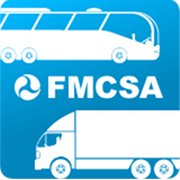 The U.S. Department of Transportation’s (DOT) Federal Motor Carrier Safety Administration (FMCSA) announced a final rule, Friday, Dec. 2, that establishes a national drug and alcohol clearinghouse for commercial truck and bus drivers. The clearinghouse database will serve as a central repository containing records of violations of FMCSA’s drug and alcohol testing program by commercial driver’s license (CDL) holders.
The U.S. Department of Transportation’s (DOT) Federal Motor Carrier Safety Administration (FMCSA) announced a final rule, Friday, Dec. 2, that establishes a national drug and alcohol clearinghouse for commercial truck and bus drivers. The clearinghouse database will serve as a central repository containing records of violations of FMCSA’s drug and alcohol testing program by commercial driver’s license (CDL) holders.